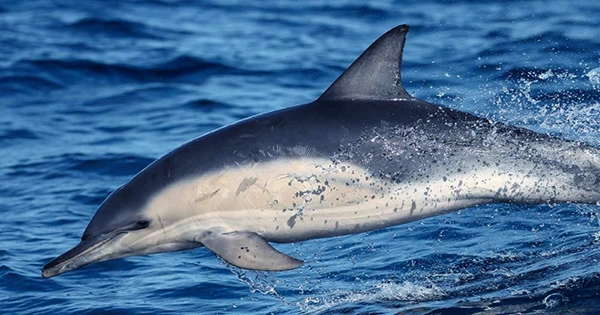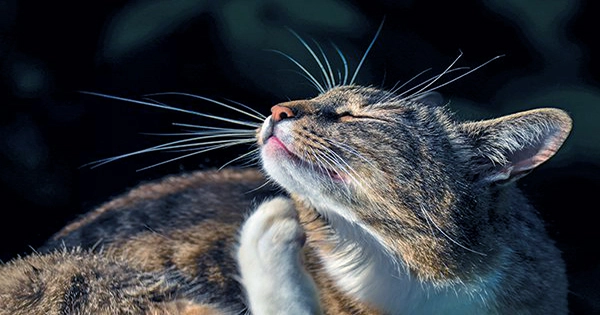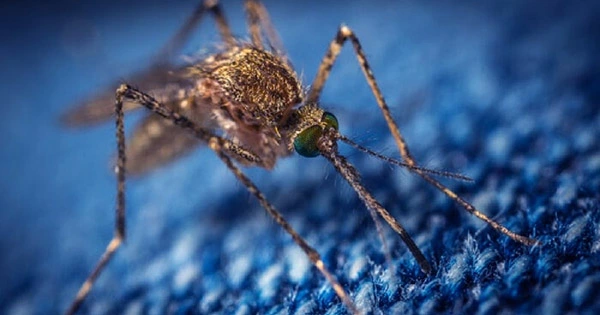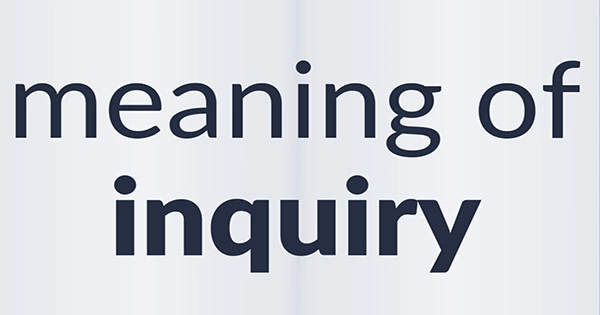Kylie, a wild dolphin in Scotland, has been witnessed conversing in their “language” with her adopted family of harbor porpoises, marking a rare world-first in interspecies communication. Kylie has spent so much time among porpoises after 14 years away from her species (the common dolphin, Delphinus delphis), that she has begun to sound like them. Instead of the whistles and pulse sounds that dolphins use, she uses high-pitched click bursts that are associated with porpoises.
“I beg your pardon?” is the title of a research published in the journal Bioacoustics about Kylie’s cross-species communication with her porpoise buddies. “Acoustic behavior of a lone common dolphin interacting with harbour porpoises in the wild.” Researchers discuss Kylie, a wild common dolphin who lives in the seas around Scotland’s Firth of Clyde, in the article. Kylie’s acquaintance with the local harbor porpoises inspired researchers to examine recordings made with a hydrophone in 2016 and 2017 to better understand her acoustic activity. They wanted to see how her sounds differed while she was swimming alone vs when she was hanging out with the porpoises.
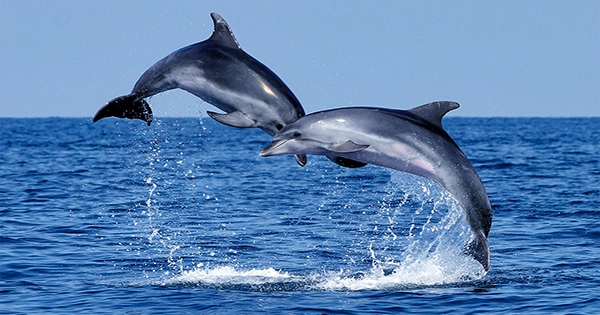
Porpoises communicate through narrow-band, high-frequency clicks, sometimes called as NBHF clicks by those in the clicking cetacean industry. Dolphins, on the other hand, enjoy swimming about whistling, something porpoises never do. According to National Geographic, co-author on the publication David Nairn, who studies porpoises in the region, the researchers discovered Kylie “clearly identifies as a porpoise” after examining the recordings. Not only did Kylie not whistle like other dolphins, but she could also be heard making sounds that sounded like the NBHF clicks associated with porpoises even when she was alone.
Furthermore, communication between Kylie and the porpoises had a conversational pace, however it’s unclear how much information is conveyed in these discussions. It’s unclear why Kylie was removed from her pod in the first place, but solitary cetaceans have been connected to illnesses, injuries, and bad weather. She appears to have sought association with local porpoises whose vocalization traits have worn off on her in place of common dolphin companions.
It’s not the first time cetaceans have picked up on human vocalizations, as captive killer whales have been observed picking up on bottlenose dolphin vocalizations when the two species were socialized. Bottlenose dolphins have been sighted with adopted pilot whale calves, and a narwhal has been seen amid a pod of belugas, demonstrating the inclusiveness of pods.
